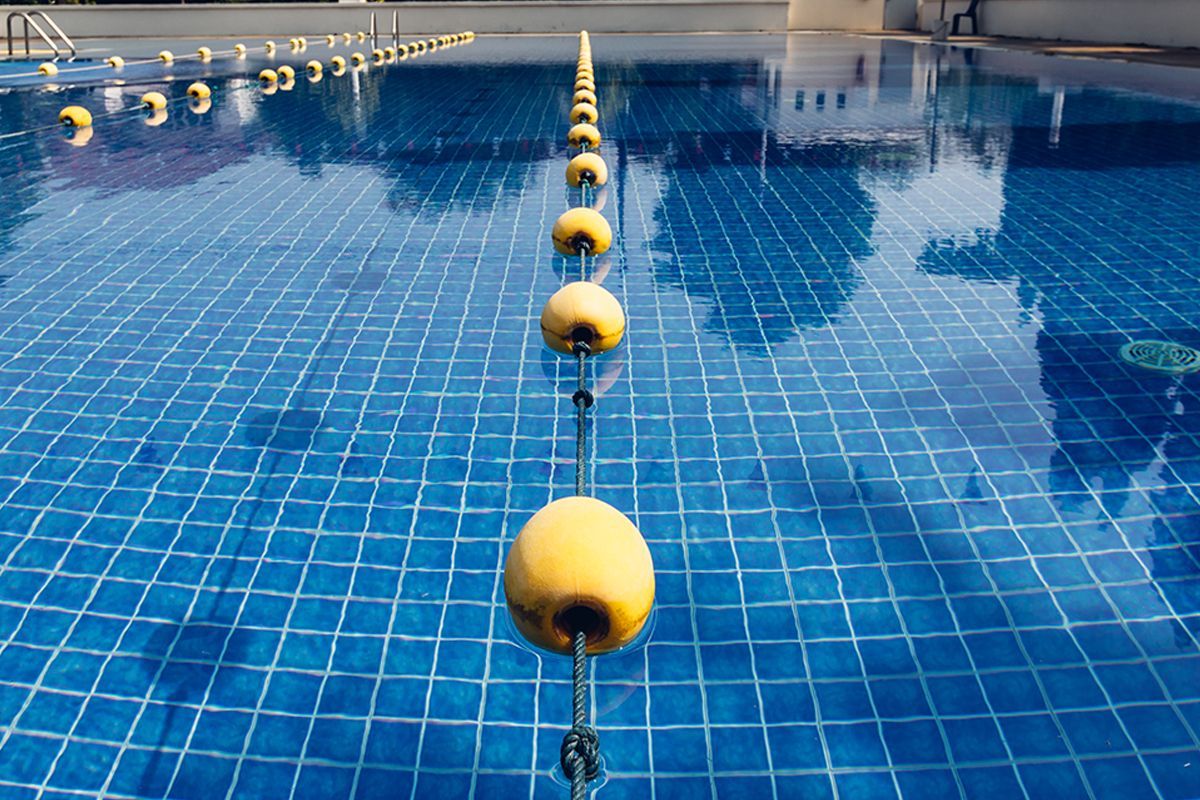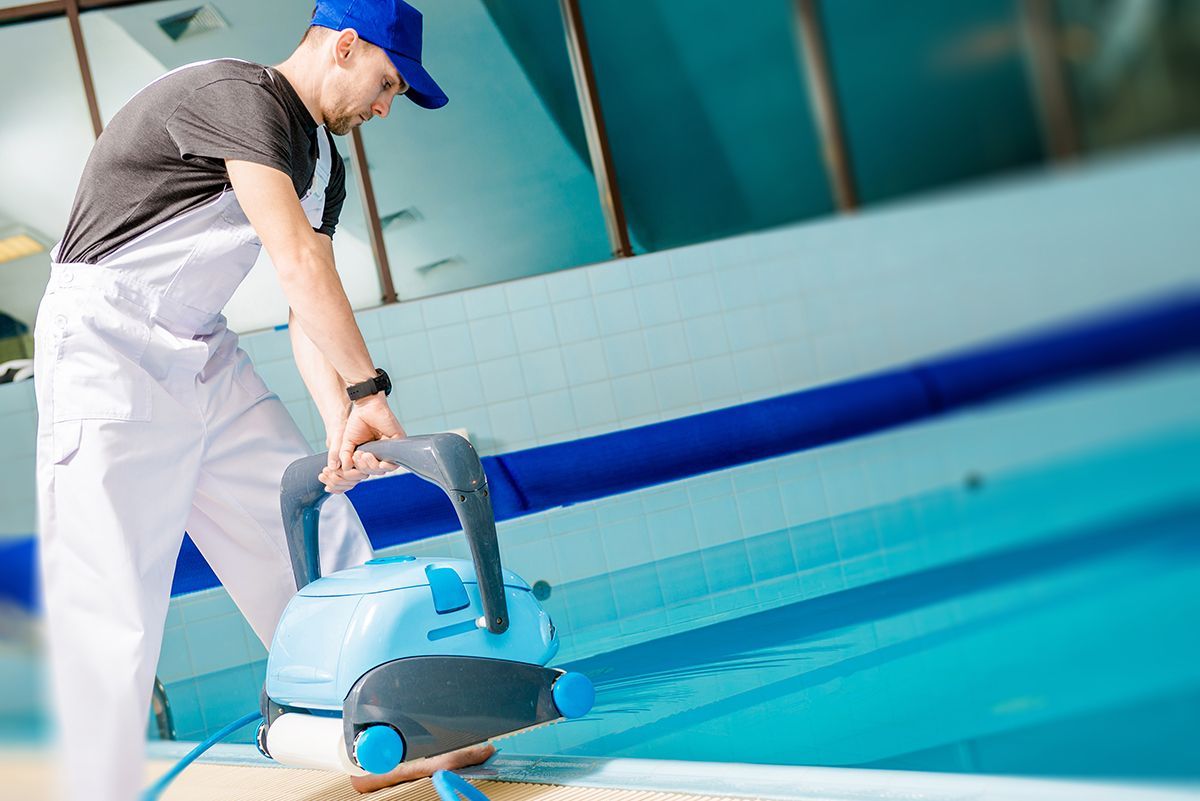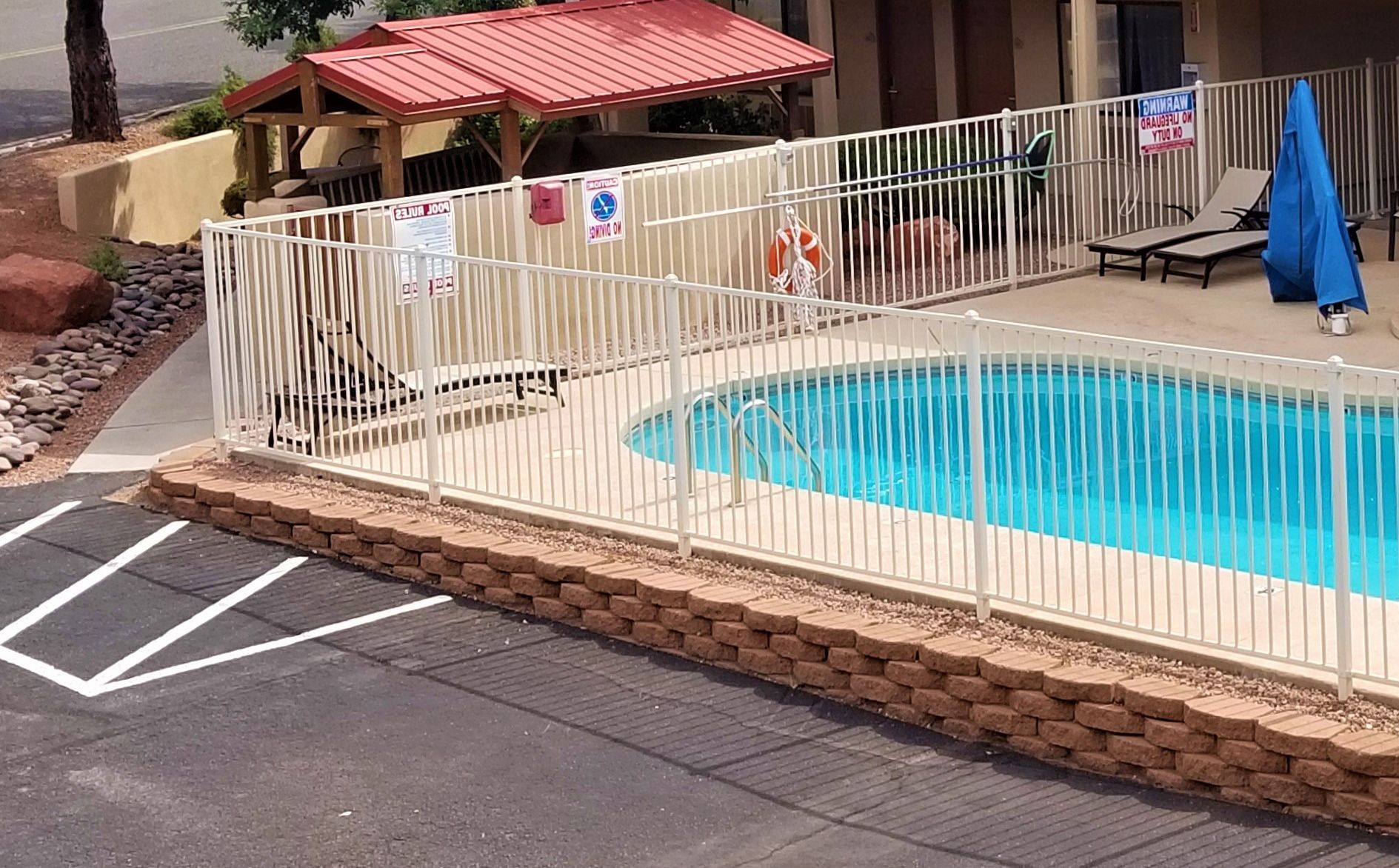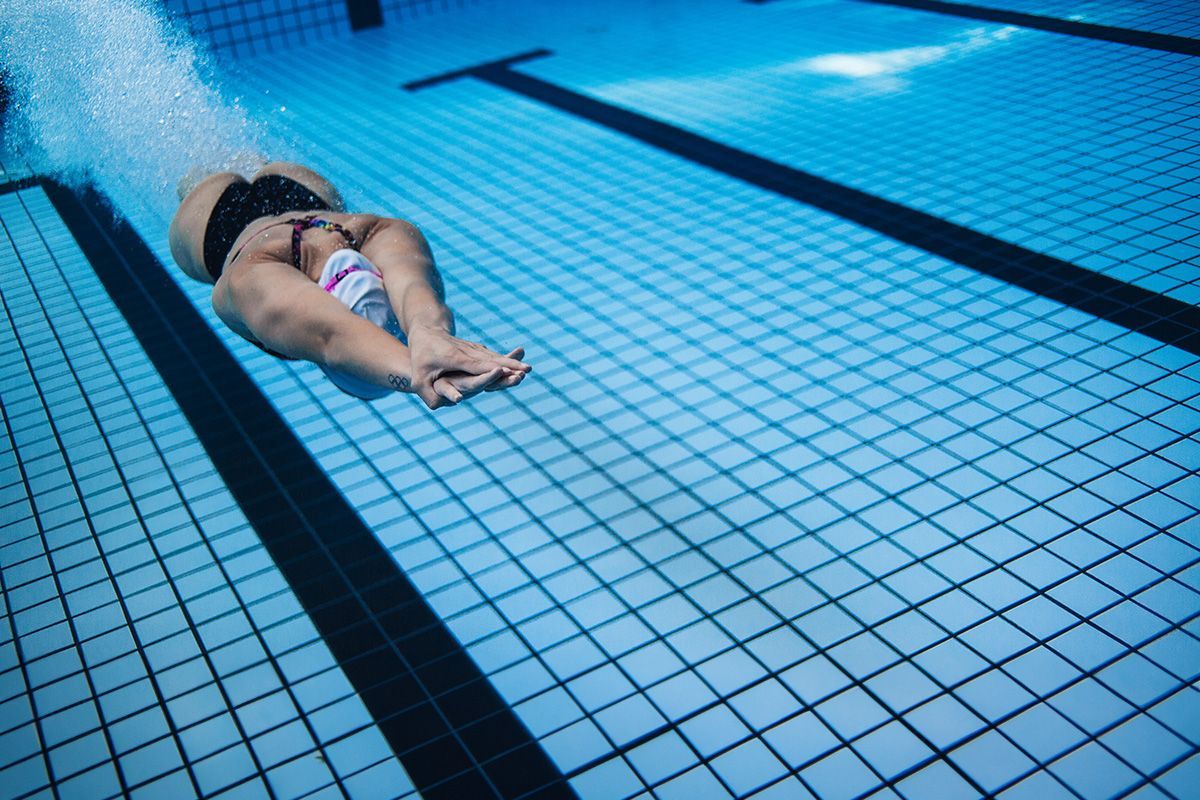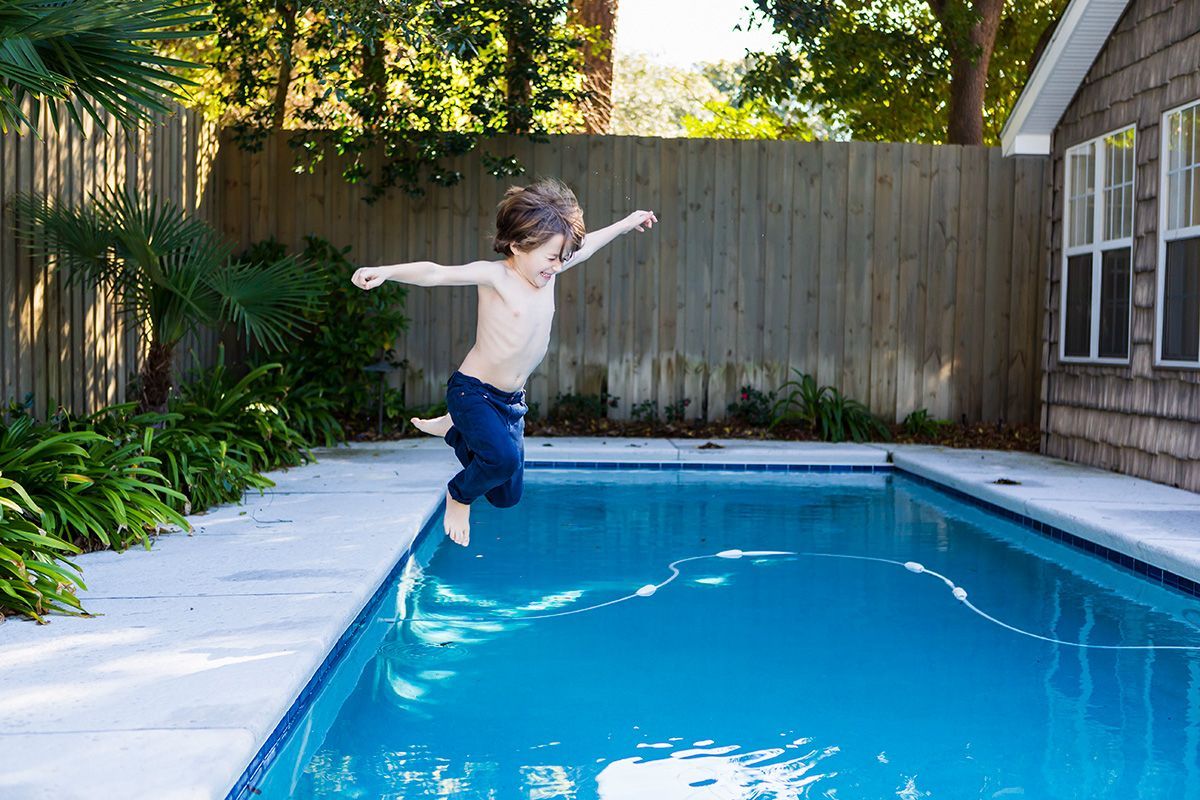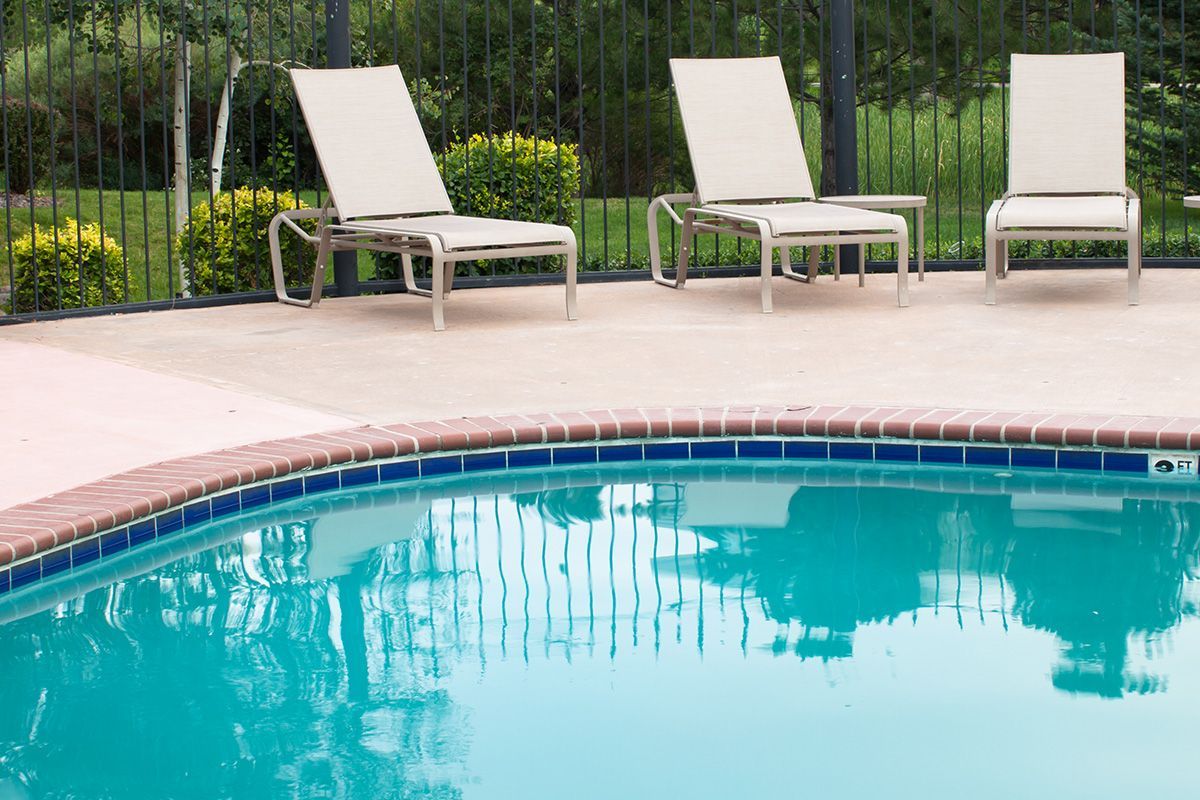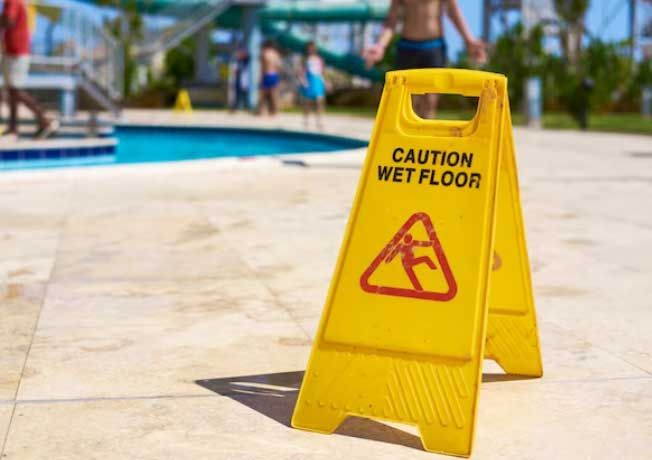Common Pool Safety & Compliance Questions
FREQUENTLY ASKED POOL SAFETY & COMPLIANCE QUESTIONS
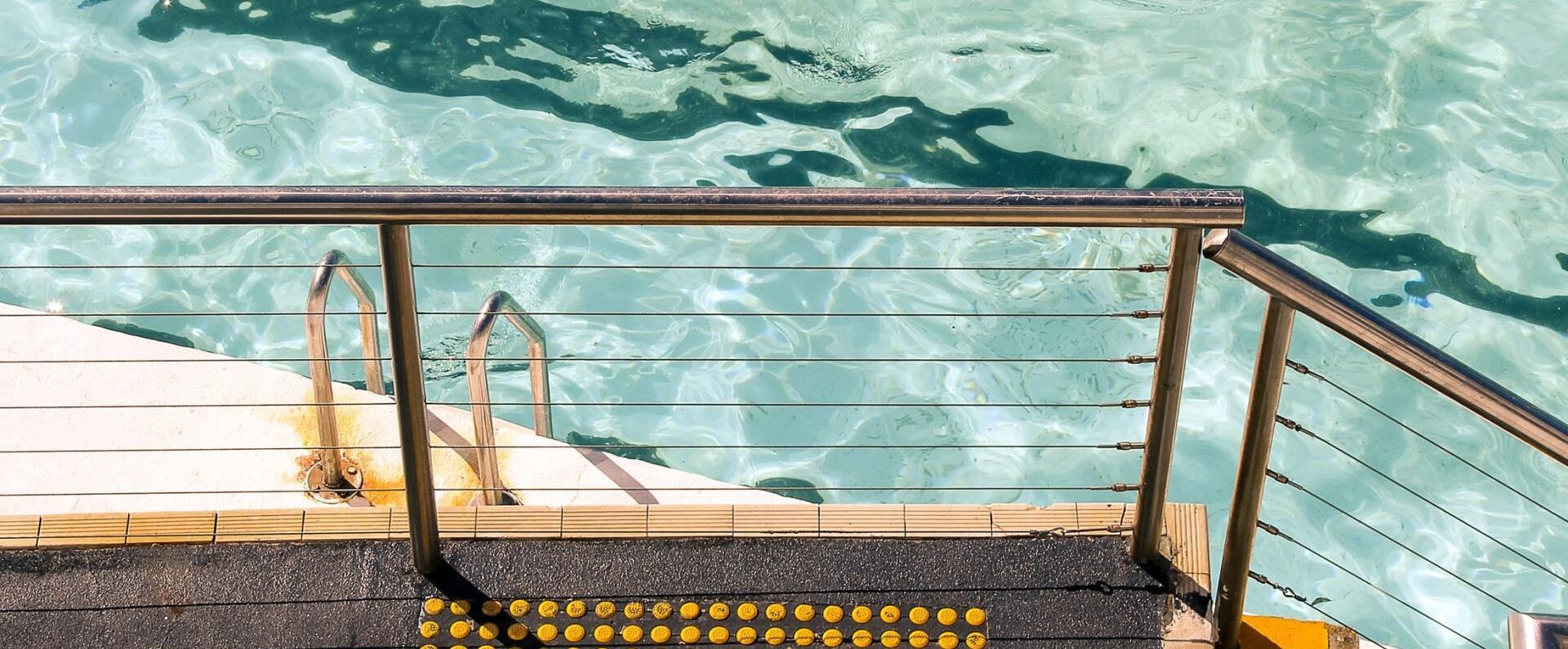
The Victorian Government has introduced new requirements to improve swimming pool and spa safety, including inspection, maintenance and compliance requirements for property owners. It is now mandatory for owners of land where a swimming pool or spa is located to register their pool or spa with the relevant council. If you own a pool or spa in Victoria you must register it with the Council within the municipality, you now need to:
- Register the swimming pool or spa with the local council before 1 November 2020.
- Arrange for an inspection of your pool or spa safety barrier for compliance every four years.
- Lodge a Pool and Spa Barrier Compliance Certificate with the local council every four years.
- Pay the prescribed fees to the council upon registration and lodgement of the certificate.
There will be a penalty if landowners do not register the pool or spa by 1 November 2020.
When are barriers required?
All swimming pools and spas capable of containing water greater than 300mm (30cm) must have a compliant safety barrier to restrict access to the pool area by young children (under the age of five). Barriers are required for:
- in-ground pools and spas
- above-ground pools and spas, including relocatable and inflatable pools that are capable of holding more than 300mm (30cm) of water and require assembly on site.
- indoor pools and spas
- bathing and wading pools capable of containing more than 300mm (30cm) of water.
When are barriers not required?
- inflatable swimming pools (typically toddler or wading pools) that cannot contain a water depth greater than 300mm (30cm).
- small inflatable pools that do not consist of multiple components and do not require any assembly. An example of such a product is a small inflatable pool that requires no assembly other than inflation.
- bird baths / fishponds / reflection ponds
- fountains
- water supply/storage tanks/dams
- baths used for personal hygiene and emptied after each use
- spas inside a building (e.g. in a bathroom) used for personal hygiene and emptied after each use
- pools or spas that cannot contain a water depth of more than 300mm.
Information Source:- Australian Standard 1926.1 – 2012
The objective of this Standard is to assist pool owners/users in avoiding pool related drowning by providing design, construction and performance of various barrier options, which are designed to restrict entry to the swimming pool area by young children.
Statistical evidence shows that the majority of drowning deaths in private swimming pools involve children under five years of age. For this reason, the requirements established by this Standard are directed at achieving a barrier that will make it difficult for a young child to gain access to a pool area, whether under, over or through the barrier. It should be noted that the provisions of this Standard relate to barriers that are intended to be child resistant but not childproof, as effectiveness of the barrier is very much dependent on its location, installation and maintenance. The requirements are established with the intention of leaving a high degree of flexibility to the consumer in the choice of barrier, desirable aesthetics and cost.

